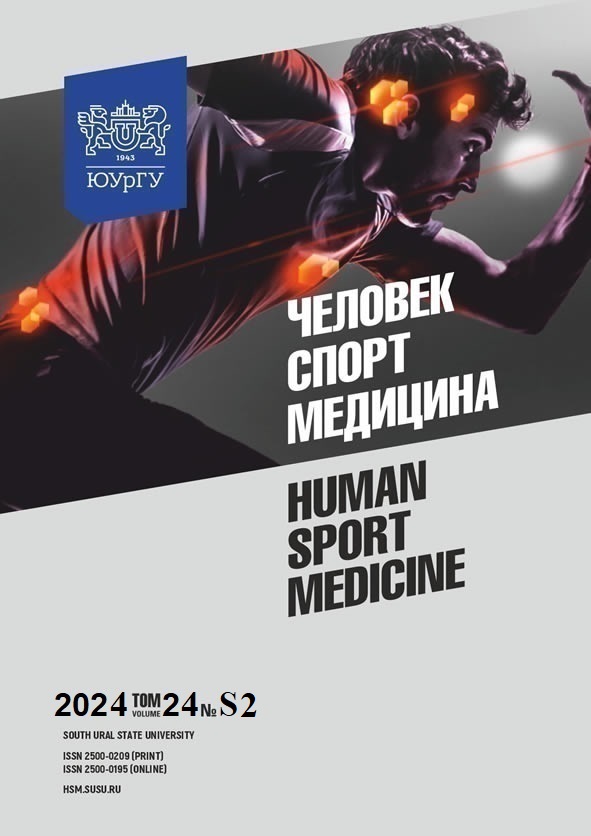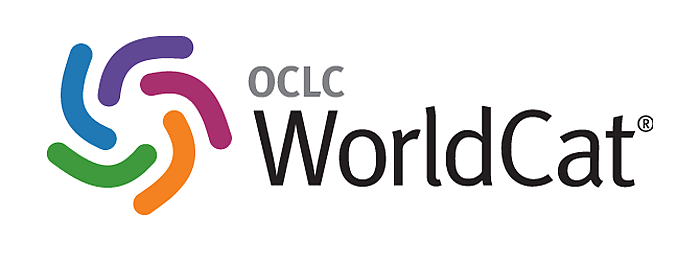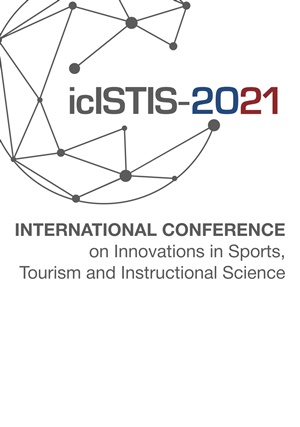SPORTS INJURY: PRESUMED CONSENT OR LIABILITY?
Abstract
Aim. This study considers the possible legal consequences of injuries in amateur and professional sports. Materials and methods. The authors employ well-established legal instruments capable of assessing the legal consequences of injuries in amateur and professional sports. Results. The results obtained reveal three key shortcomings in the protection of athletes’ health: lack of clear boundaries defining acceptable levels of harm to athletes during sports competitions; overly broad interpretation of presumed consent to potential health damage during sports competitions; underestimation of the public health risks associated with sports-related injuries. Conclusion. The absence of explicit legal recognition of actions causing health damage during sports competitions undermines athletes’ protection. This situation is partially compensated by shifting rehabilitation costs to insurance companies. However, disciplinary measures alone contradict the severity of injuries and their negative impact on both the physical and psychological well-being of athletes. The authors have developed proposals that specify legal consequences of sports-related trauma.
References
2. Башкиров, В.Ф. Профилактика травм у спортсменов / В.Ф. Башкиров. – М.: Физкультура и спорт, 1987. – 176 с.
3. Иванов, В.Д. Проблемы уголовно-правового регулирования ответственности за причинение вреда здоровью или смерти при занятии спортом / В.Д. Иванов, М.А. Райн // Физ. культура. Спорт. Туризм. Двигат. рекреация. – 2016. – Т. 1, № 8. – С. 75–78.
4. Ловягина, А.Е. Показатели спортивного травматизма у представителей экстремальных видов спорта с разными особенностями психической саморегуляции / А.Е. Ловягина, Е.Е. Хвацкая, Д.Н. Волков // Человек. Спорт. Медицина. – 2019. – Т. 19, № 1. – С. 117–123.
5. Скворцов, А.А. Причинение вреда жизни или здоровью при занятии спортом: проблемы уголовно-правовой квалификации / А.А. Скворцов. – М.: Wolters Kluver, 2006. – 109 с.
6. Cranio-maxillo-facial injuries in professional jockeys: A systematic review / N. Baldini, A. Kahn, R. Willinger et al. // In Science et Sports. – 2022. – Vol. 37. – P. 255–266.
7. Deceleration training in team sports: Another potential “vaccine” for sport-related injury / A.J. McBurnie, D.J. Harper, P.A. Lopes, T. Dos’Santos // Sports Medicine. – 2022. – Vol. 52. – P. 1–12.
8. Finch, C.F. A new framework for research leading to sports injury prevention / C.F. Finch // Journal of Science Medicine in Sport. – 2006. – Vol. 9. – P. 3–9.
9. Incidents of injuries in professional snow sports: A systematic review and meta-analyses / X-L. Fu, L. Du, Y.-P. Song et al. // Journal of Sport and Health Sciences. – 2022. – Vol. 11. – Iss. 1. – P. 6–13.
10. The effect of visual feedback of performance in heart rate and power-based-tasks during a constant load cycling test / M. Dobiasch, B. Krenn, R.P. Lamberts, A. Baca // Journal of Sport Science and Medicine. – 2022. – Vol. 21. – P. 49–57.
References on translit
1. Agranovich V.O., Agranovich N.V. [Analysis of Sports Injuries During Physical Education and Sports and the Creation of Conditions for its Reduction]. Zhurnal nauchnyh statey “Zdorov'e i obrazovanie v XXI veke” [The Journal of Scientific Articles Health and Education Millenium], 2017, vol. 19, no. S2, pp. 77–81. (in Russ.) DOI: 10.26787/nydha-2226-7425-2017-19-2-77-812. Bashkirov V.F. Profilaktika travm u sportsmenov [Prevention of Injuries in Athletes]. Moscow, Physical Culture and Sport Publ., 1987. 132 p.
3. Ivanov V.D., Rain M.A. [Problems of Criminal Legal Regulation of Liability for Causing Harm to Health or Death when Playing Sports]. Fizicheskaya kul'tura. Sport. Turizm. Dvigatel'naya rekreaciya [Physical Culture. Sport. Tourism. Motor Recreation], 2016, vol. 1, no. 8, pp. 75–78. (in Russ.)
4. Lovyagina A.E., Khvatskaya E.E., Volkov D.N. Indicators of Sports Injuries in Representatives of Extreme Sports with Different Features of Mental Self-regulation. Human. Sport. Medicine, 2019, no. 1, pp. 117–123. (in Russ.) DOI: 10.14529/hsm190116
5. Skvortsov A.A. Prichineniye vreda zhizni ili zdorov’yu pri zanyatii sportom: problemy ugolovno-pravovoy kvalifikatsii [Causing Harm to Life or Health While Playing Sports. Problems of Criminal Legal Classification]. Moscow, Wolters Kluver Publ., 2006. 109 p.
6. Baldini N., Kahn A., Willinger R. et al. Cranio-maxillo-facial Injuries in Professional Jock-eys. A Systematic Review. In Science et Sports, 2022, vol. 37, pp. 255–266. DOI: 10.1016/j.scispo.2021.05.004
7. McBurnie A.J., Harper D.J., Lopes P.A., Dos’Santos T. Deceleration Training in Team Sports: Another Potential “Vaccine” for Sport-related Injury. Sports Medicine, 2022, vol. 52, pp. 1–12. DOI: 10.1007/s40279-021-01583-x
8. Finch C.F. A New Framework for Research Leading to Sports Injury Prevention. Journal of Science Medicine in Sport, 2006, vol. 9, pp. 3–9. DOI: 10.1016/j.jsams.2006.02.009
9. Fu X-L., Du L., Song Y.-P. et al. Incidents of Injuries in Professional Snow Sports. A Systematic Review and Meta-analyses. Journal of Sport and Health Sciences, 2022, vol. 11, iss. 1, pp. 6–13. DOI: 10.1016/j.jshs.2020.10.006
10. Dobiasch M., Krenn B., Lamberts R.P., Baca A. The Effect of Visual Feedback of Performance in Heart Rate and Power-based-tasks During a Constant Load Cycling Test. Journal of Sport Science and Medicine, 2022, vol. 21, pp. 49–57. DOI: 10.52082/jssm.2022.49
Copyright (c) 2025 Human. Sport. Medicine

This work is licensed under a Creative Commons Attribution-NonCommercial-NoDerivatives 4.0 International License.















